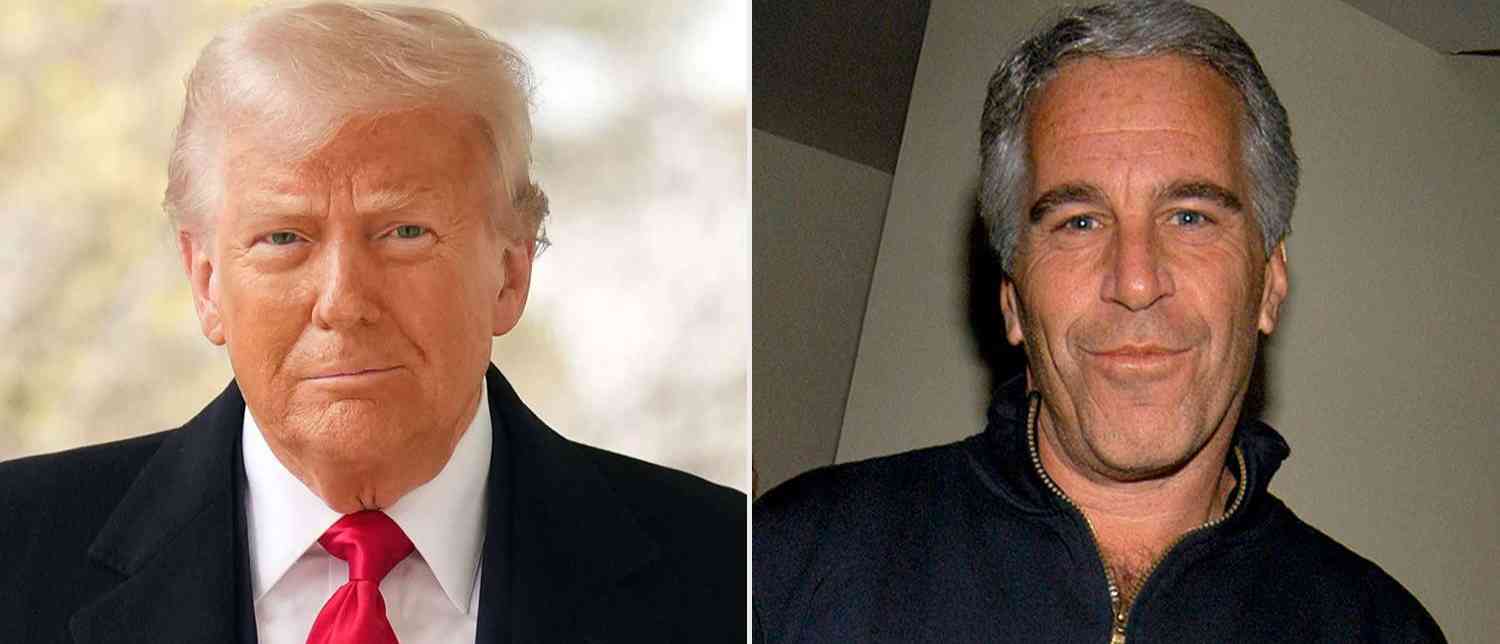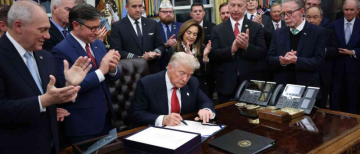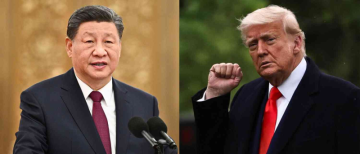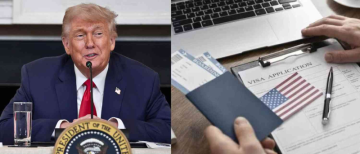In a dramatic political turn that has captivated global attention, US President Donald Trump has signed the long-contested Epstein Files Transparency Act, a bill that forces the Department of Justice (DOJ) to release all government records related to convicted sex offender Jeffrey Epstein. After months of political pressure, bipartisan demands, and public outrage, the legislation is now law—bringing the world one step closer to learning the full truth behind one of history’s most disturbing scandals.
Under this new mandate, the Justice Department must make every Epstein-related document public within 30 days. This includes internal communications, investigative records, and materials tied to the probe of Epstein’s highly controversial death in federal custody in 2019. The release must also be searchable, downloadable, and made accessible to the broader public.
But amid the sense of breakthrough, political factions, legal experts, victims’ advocates, and even lawmakers are warning that the story is far from over. The bill contains loopholes, the administration now controls the pace of disclosure, and the potential for selective redactions or strategically timed investigations could still shield key information from public view.
As the world waits for what may be one of the most explosive document dumps in modern political history, a deeper look at the case reveals why these files are so consequential—and why their release has long been feared by some of the most powerful figures across politics, business, academia, entertainment, and royalty.

Trump’s Sudden Reversal and the Political Storm Behind the Bill
For months, Donald Trump resisted efforts to pass the Epstein Files Transparency Act, despite mounting pressure from within his own party as well as Epstein’s victims, who have long accused the system of covering up the extent of Epstein’s network. However, after intense bipartisan pressure and growing public demand, Trump reversed his stance.
He announced the decision with a blunt and highly charged social media post:
“Perhaps the truth about these Democrats, and their associations with Jeffrey Epstein, will soon be revealed, because I HAVE JUST SIGNED THE BILL TO RELEASE THE EPSTEIN FILES.”
Trump accused Democrats of weaponising the issue against Republicans, insisting the matter “affects them far more” and claiming they were using Epstein as a diversion from his administration’s accomplishments. Still, his signature stunned Washington, given his prolonged resistance.
The House of Representatives passed the bill with a near-unanimous vote—427 to 1. The Senate approved it almost instantly with full bipartisan support. Only after it became clear that the bill would pass regardless did Trump throw his weight behind it, sealing its immediate enforcement.
Now that the bill is law, the Justice Department has just 30 days to release:
-
All files and communications related to Epstein,
-
All materials tied to the 2019 investigation into his death,
-
All evidence from prior and ongoing probes,
-
All documents unless they would harm active investigations, or expose victims.
Importantly, the DOJ cannot withhold records due to “embarrassment, reputational harm, or political sensitivity.”
Yet suspicion is high. Experts warn that while the president is legally bound to execute the Act “faithfully,” the administration still has tools at its disposal—procedural delays, aggressive redactions, and newly opened federal investigations—to keep certain names and details hidden.
Senate Democrat Chuck Schumer issued a pointed warning:
“Once the president signs the bill, he must apply and execute it faithfully. There must be no funny business from Donald Trump.”
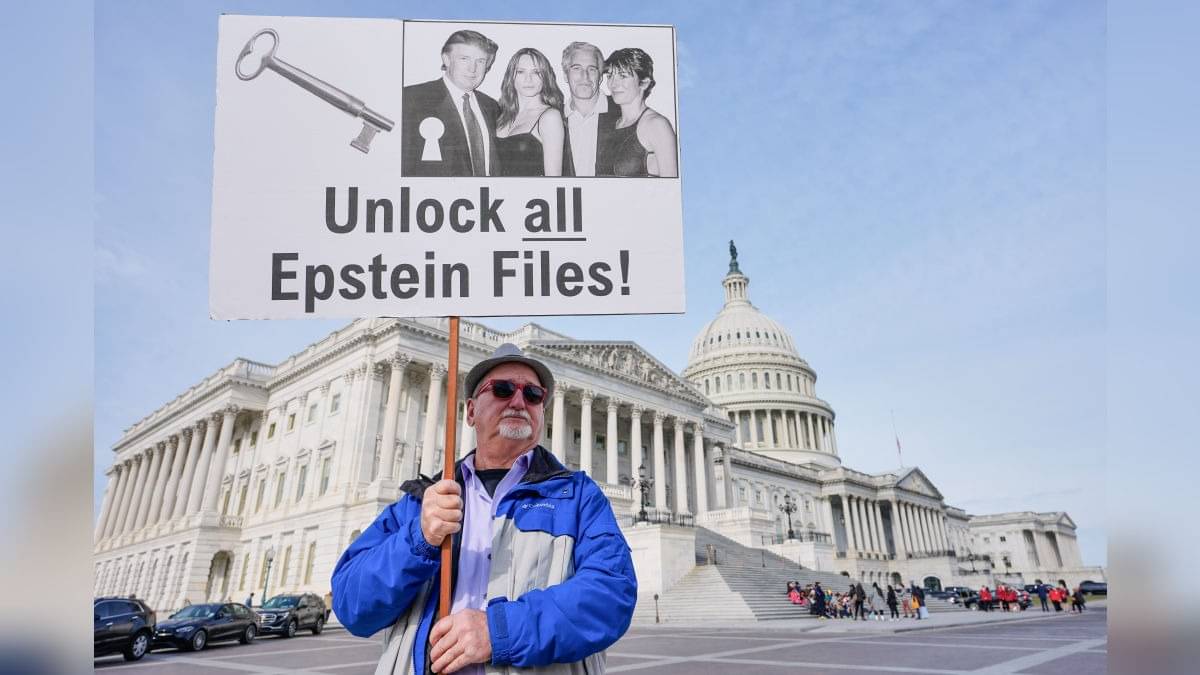
Why the Epstein Files Matter
To understand the magnitude of this moment, one must first understand what the Epstein files contain. These documents encompass the vast body of evidence gathered by federal authorities during two major investigations:
-
The 2008 Florida probe, which ended in a highly criticised plea deal that spared Epstein a federal trial;
-
The 2019 New York investigation, launched after public outrage reignited scrutiny of Epstein’s crimes and brought charges for sex trafficking minors.
Over the years, the DOJ and the FBI amassed an enormous archive:
-
More than 300 gigabytes of digital evidence
-
Thousands of images and videos of minors
-
Records seized from hard drives, servers, and storage facilities
-
Correspondence between Epstein, his associates, and powerful individuals
-
Internal DOJ communications on decisions to prosecute, decline, or negotiate
Yet only a tiny fraction has ever been publicly released. The secrecy surrounding the case has fuelled endless speculation, conspiracy theories, and questions about a potential cover-up designed to protect influential people.

Names Already Linked to the Epstein Network
One of the most sensational aspects of the Epstein case is the long list of high-profile names appearing in various documents, flight logs, visitor logs, emails, and personal records.
Being mentioned does not imply criminal wrongdoing—but the presence of such figures has intensified demand for transparency.
Among those named:
Political Leaders & Royals
-
Donald Trump – US President; referenced over 1,500 times
-
Bill Clinton – Former US President
-
Larry Summers – Former Treasury Secretary, Harvard President
-
Robert F Kennedy Jr – US Health Secretary
-
Prince Andrew – Former Prince, brother of King Charles III
-
Sarah Ferguson – Duchess of York
Journalists & Public Figures
-
Michael Wolff – Journalist
-
Peggy Siegal – Publicist
-
Noam Chomsky – Scholar and professor
Lawyers, Billionaires & Financial Figures
-
Alan Dershowitz – High-profile attorney
-
Les Wexner – Billionaire founder of L Brands
-
Abigail Wexner – Philanthropist and Wexner’s wife
-
Glenn Dubin – Hedge fund billionaire
-
Eva Andersson-Dubin – Former Miss Sweden
Business & Tech Titans
-
Elon Musk – CEO of Tesla and SpaceX
-
Peter Thiel – Tech billionaire
-
Tom Pritzker – Philanthropist
-
Jean-Luc Brunel – Former modelling agent
Artists & Celebrities
-
Michael Jackson – Late pop icon
-
Mick Jagger – Rolling Stones frontman
-
Courtney Love – Singer
-
Naomi Campbell – Supermodel
-
Chris Tucker – Actor
-
Marla Maples – Trump’s former wife
-
Tiffany Trump – Trump’s daughter
Epstein Associates & Staff
-
Ghislaine Maxwell – Former girlfriend; convicted sex trafficker
-
Sarah Kellen, Adriana Mucinska, Nadia Marcinkova – Unindicted co-conspirators
-
Jo Jo Fontanella, Brent Tindall – Epstein staff
-
Mark Epstein – Epstein’s brother
-
Emmy Taylor – Maxwell’s former assistant
Others
A wide range of associates, acquaintances, and figures from politics, academia, finance, and entertainment are also included, such as Doug Band, Maritza Vasquez, Sheridan Gibson-Butte, Kristy Rodgers, and Ricardo Legoretta.
The sheer breadth and diversity of names have intensified speculation about the true scope of Epstein’s circle—and who may have benefited from his crimes or helped conceal them.

What Happens After Trump Signs the Bill?
The signing set off an intense 30-day countdown during which the Justice Department must prepare a massive release of documents. However, experts, including political commentators and legal analysts, caution that the administration could still control the narrative through Redactions, Procedural delays, and claiming certain files are part of ongoing investigations.
Politico writer Ankush Khardori described several possible scenarios:
-
A politically selective dump, exposing mainly Democrats while withholding files damaging to Republicans under the guise of “ongoing investigations.”
-
Partial releases that give the appearance of transparency but omit the most incriminating materials.
-
Unexpected revelations that implicate powerful individuals on both sides of the political spectrum.
-
A flood of cryptic emails, memos, and internal correspondence that raise more questions than answers.
In short, the bill guarantees an information release—but not full disclosure.
The Loopholes: Why Not All Files May See the Light of Day
Several provisions in the bill allow for withholding information under specific conditions:
1. Active Federal Investigations
If releasing information “would jeopardise an active federal investigation,” it can be withheld. This has already created controversy. Just days earlier, Trump ordered Attorney General Pam Bondi to investigate: Bill Clinton, Larry Summers, and Reid Hoffman. This directive immediately created new active investigations, which could become grounds for withholding parts of the Epstein files.
Republican Congressman Thomas Massie, one of the bill’s architects, expressed concern:
“I’m concerned that Trump is opening a flurry of investigations… They may be trying to use those investigations as a predicate for not releasing the files.”
2. Exceptions for National Defence and Foreign Policy
An executive order can keep documents classified if their release impacts national security or foreign relations. This vague clause ensures some files could remain sealed indefinitely.
3. Protection of Victims’ Identities
Victims’ names and identifying details will be redacted—which is appropriate—but this also allows the DOJ some discretionary control over the extent of redaction.
4. Executive Privilege
Some materials may be withheld if they fall under executive communications or classified government operations.
Epstein’s Shadow Over Trump—and Why This Matters Politically
Although Trump has insisted he distanced himself from Epstein years before the financier’s downfall, their long association continues to cast a shadow.
Recently released documents included Epstein’s 2018 messages claiming:
-
“I am the one able to take him down.”
-
“I know how dirty Donald is.”
Despite Trump’s repeated claims that the scandal implicates Democrats more deeply, his own ties to Epstein have been widely scrutinised. For years, he and his allies promoted theories that powerful Democrats were being protected—but now the files include more than 1,500 references to Trump himself. This makes the forthcoming file release politically explosive for both parties.

Is This the End of the Epstein Saga?
Despite widespread celebration over the bill’s passage, many believe the saga is far from over. There is still the possibility—perhaps even likelihood—that not all information will be released. The DOJ retains the authority to withhold materials tied to investigations newly opened by the Trump administration, as well as those deemed sensitive for national security.
Representative Marjorie Taylor Greene summed up the uncertainty:
“Will the DOJ release the files? Or will it all remain tied up in investigations?”
For now, the world waits. What emerges in the next 30 days could redefine public understanding of one of the most disturbing and influential criminal networks ever exposed—and it may determine whether the Epstein scandal finally sees full daylight, or continues to linger behind sealed doors, redactions, and legal manoeuvring.
A Tense Countdown Begins
Trump’s signing of the Epstein Files Transparency Act marks a historic moment—one that could reshape public trust, political power, and accountability at the highest levels. But with loopholes available, active investigations underway, and unprecedented political stakes, whether the world truly receives the full truth remains uncertain.
The next 30 days may reveal more than just documents. They may expose the deepest fault lines in American power—and determine whether justice will finally prevail in a case that has haunted the nation for more than a decade.
With inputs from agencies
Image Source: Multiple agencies
© Copyright 2025. All Rights Reserved. Powered by Vygr Media.

